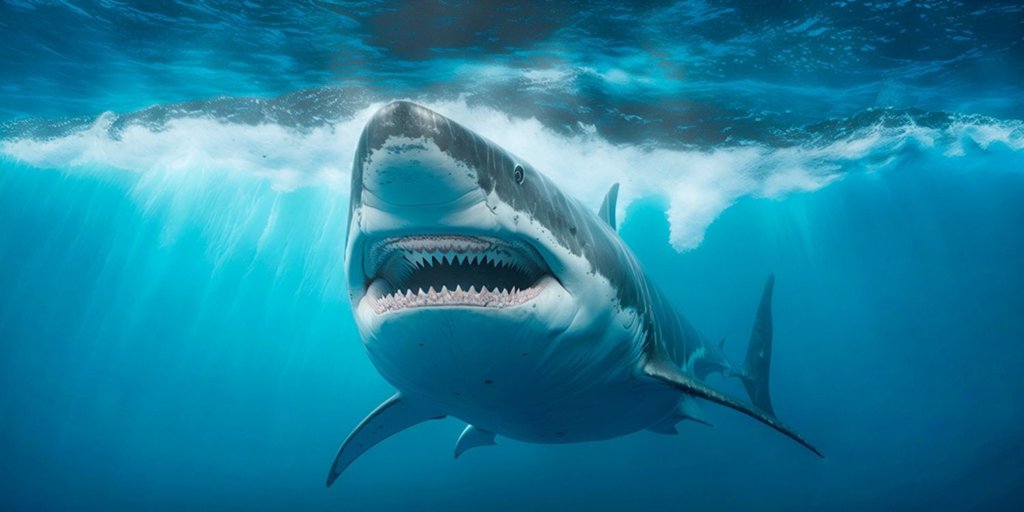
Sharks have always captivated human imagination, not just with their fearsome reputation but also for their mysterious nature. Despite their prominence in marine folklore and popular media, much about these ancient creatures remains unknown. This article delves into some little-known yet fascinating facts about sharks that highlight their unique adaptations and vital role in ocean ecosystems.
Cavity-Resistant Teeth
Did you know that sharks have built-in cavity protection? Their teeth are coated with fluoride, the same ingredient found in toothpaste. This natural defense makes their teeth resistant to cavities and decay.
A study published in the Journal of Structural Biology found that shark enamel consists of fluorapatite, a compound that withstands bacteria-produced acids. Since many of them lose and gain new teeth throughout their life as well, their teeth stay in great shape!
Unique Feeding Strategies
Among the many species of sharks, the cookiecutter shark stands out for its unusual feeding habits. This small shark takes circular, ice-cream-scoop-shaped bites from much larger animals, including great white sharks and whales.

Remarkably, these tiny terrors have even been known to damage underwater equipment, prompting the US Navy to develop bite-proof coatings for their submarines. The cookiecutter shark has a unique approach to feeding, which is fascinating and formidable.
Thick-Skinned Females
The mating habits of sharks can be aggressive, particularly for females. To cope with the rough courtship behavior of males, females have evolved significantly thicker skin. This adaptation helps protect them from the bites of males during mating.
Shark researchers highlight this as a striking example of how this incredible animal has evolved to handle the reproductive challenges in their underwater world.
Sharks That Glow
A species called the lantern shark got its name from a very unique ability. Thanks to bioluminescent organs called photophores, these sharks glow, helping prevent casting a shadow which lets them sneak up on their prey.
Because they live deep in the ocean, this ambient light helps them blend in with the little bit of light that trickles down so deep. It’s also used to communicate with others of their kind.